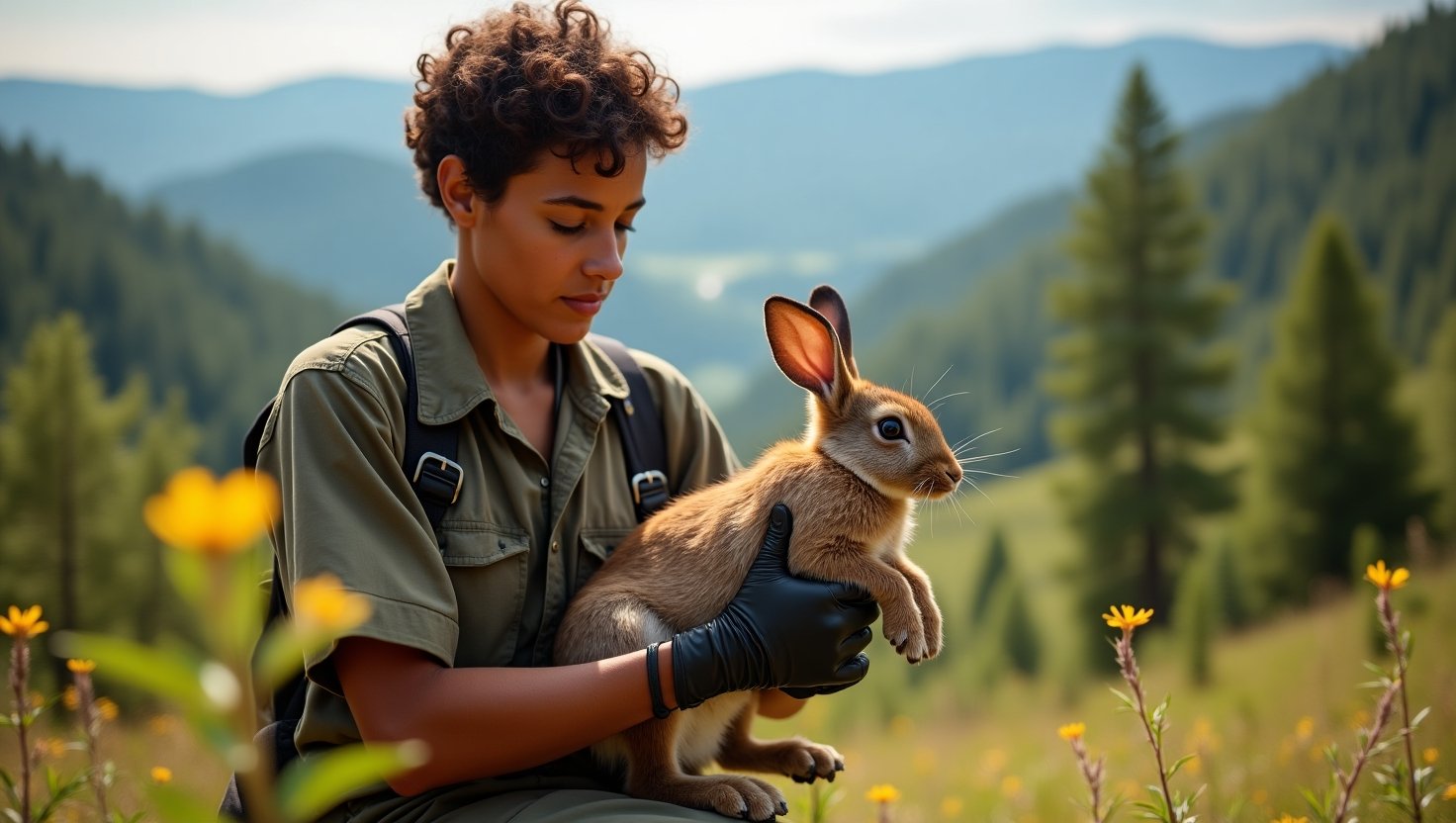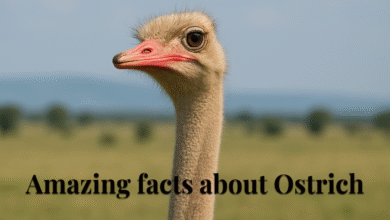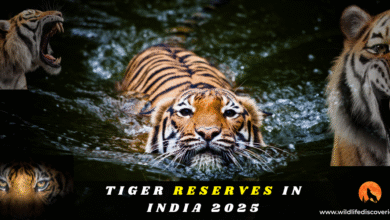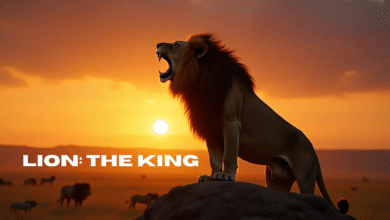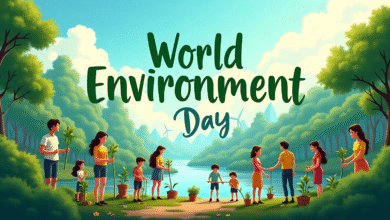
The Amazon rainforest endangered species face unprecedented threats in one of Earth’s most biodiverse regions. The tropical rainforest of the Amazon basin serves as home to more than 40,000 plants and over 4,000 animal species. This includes 3,000 freshwater fish and thousands of birds, butterflies, and mammals. More than 2,300 animals now stand at high risk of extinction in the Amazon. Many iconic Amazon rainforest wildlife populations show alarming declines. The Amazon River Dolphin’s numbers continue to drop by half every decade. These dolphins still number in tens of thousands, but their population keeps shrinking rapidly. The South American Tapir’s numbers have dropped by 60% in just two centuries.
Rainforest endangered animals face an increasingly desperate situation. Deforestation rates hit a 15-year peak during Brazilian president Jair Bolsonaro’s administration. The International Union for Conservation of Nature (IUCN) Red List identifies over 2,600 threatened species in South America. Even the mighty jaguars haven’t escaped this fate – their numbers have fallen to fewer than 15,000 in the wild. Smaller species like the golden lion tamarin, weighing just 800 grams, face the most important survival challenges. In this piece, let’s take a closer look at the most threatened Amazon rainforest animals. We’ll explore why these species face danger and examine wildlife conservation efforts that might save these remarkable creatures before time runs out.
Most Endangered Animals of Rainforest
The Amazon rainforest is home to several endangered animals of rainforest ecosystems that could go extinct without help. These vulnerable species each play a crucial role in keeping their habitats balanced.
Jaguar – Apex Predator Losing Its Home

The jaguar, ranking as the world’s third-largest cat, has lost half of its historic territory. Their numbers keep dropping, with a 20% decline in just 14 years. Only 15,000 jaguars still roam the wild. These powerful hunters need vast territories but face threats from deforestation, expanding farms, and conflicts with farmers.
Amazon River Dolphin – Threatened by Pollution and Dams

Pink river dolphins, as they’re commonly known, struggle against dam construction and environmental contamination from gold mining. Their population cuts in half every ten years. Female dolphins give birth to just one calf every four to five years, highlighting their low reproductive rates. These river dolphins can’t cope with water pollution and the way dams split up their habitat.
Uakari Monkey – Habitat Loss and Hunting

The bald uakari monkey stands out with its bright red face and holds vulnerable status on the IUCN Red List. Brazil’s Amazon has lost over 275,000 square miles of forests over the last several years due to logging activities and other forms of deforestation. Bushmeat hunting targets these monkeys without discrimination while their habitat keeps shrinking. Female uakaris have just one baby every two years, making population recovery challenging.
Hyacinth Macaw – Victim of Deforestation and Illegal Pet Trade

The world’s largest flying parrot hit rock bottom in the 1990s after traders captured about 10,000 birds for the wildlife trade. Though numbers grew to around 4,300 mature birds, climate change brings new threats as temperature swings kill eggs and baby birds.
South American Tapir – Keystone Species in Decline

The South American tapir, a key seed spreader, faces extinction in Peru. Argentina’s tapir numbers have dropped by 60% in the last two centuries. Logging activities and deforestation remain their biggest threats.
Poison Dart Frogs – Sensitive to Environmental Changes

These bright amphibians react strongly to changes in their environment. Many frog populations struggle with habitat loss, deforestation, and climate change. Their natural diet of ants and mites in damaged habitats no longer provides the toxins they need.
Golden Lion Tamarin – Rare and Fragmented Population

Golden lion tamarins numbered just 150 in the 1990s. Wildlife conservation work has helped grow their population to about 4,800. All the same, their habitat keeps breaking into smaller pieces, with 80% of their forest home split into tiny patches under 50 hectares.
Why These Rainforest Animals Are Endangered?
Endangered animals of rainforest habitats face devastating population losses from several connected threats. These complex challenges work together to create dire conditions for species survival in the Amazon basin.
Deforestation and Land Clearing
Animals in Amazon rainforest face their greatest threat from deforestation. Nearly two-fifths of Rondônia disappeared by the late 1980s. Brazil lost over 275,000 square miles of forests over the last 50 years. Forests house 80% of Earth’s land animals and plants, which makes their destruction catastrophic for biodiversity. Tree removal creates extreme temperature swings that harm wildlife and cause soil erosion.
Illegal Hunting and Poaching
Poachers claim thousands of animal lives each year. Dangerous international networks handle wildlife crime just like illegal drugs and arms. The wildlife trade thrives on high profit margins, and rare species fetch premium prices. Light sentences and weak judicial systems make wildlife trafficking a profitable venture with minimal risks.
Climate Change and Wildfires
Amazon temperatures will rise by 2–3°C by 2050. Dry months will see less rainfall that leads to widespread drought. These changes could turn much of the Amazon rainforest into savanna. Human activities and climate change put nearly one million species at risk of extinction.
Pollution of Rivers and Water Systems
Water pollution threatens aquatic endangered animals of rainforest ecosystems severely. Gold mining releases mercury that harms aquatic mammals. Rivers turn green from fertilizer runoff that creates massive algal blooms and suffocates wildlife. Freshwater species disappear faster than their marine and terrestrial counterparts due to this environmental contamination.
Habitat Fragmentation from Roads and Dams
Species decline by 12.1% in fragmented landscapes compared to intact ones. Roads, railways, and dams split wild areas apart. Animals struggle to find resources, which leads to starvation and conflict with humans. Small, isolated populations of animals in Amazon rainforest lose genetic diversity through inbreeding, making them vulnerable to disease and extinction.
How Endangered Animals Affect Rainforest Ecosystems?
The endangered animals of rainforest ecosystems play a vital role as ecological architects. These species shape and maintain complex relationships in biodiverse habitats. Their loss could destroy these delicate ecosystems.
Seed Dispersal and Forest Regeneration
Animals disperse seeds for more than 65% of tropical plant species. The South American tapir stands out as a keystone species that carries seeds across big areas. Scientists have found that trees face a 10-fold higher risk of extinction without these natural dispersers. The loss of seed dispersal makes trees grow four times closer together, which negatively affects their entire life cycle.
Predator-Prey Balance
The Amazon houses 90% of the world’s jaguars, which help maintain nature’s balance by controlling prey populations. These apex predators keep herbivore numbers in check and manage smaller predator populations. The animals in Amazon rainforest play crucial roles – when large predators disappear, herbivore populations can explode. This leads to excessive grazing that changes the forest’s basic structure. The removal of predators creates “trophic cascades” that ripple through every part of the ecosystem.
Aquatic Ecosystem Health
Giant otters and Amazon river dolphins control fish populations in the waterways. Research shows that energy flow below ground is 14 times higher than above ground in rainforests. This highlights how water systems distribute energy throughout the rainforest ecosystem.
Biodiversity and Food Web Stability
Rainforest food webs feature multiple energy transfer paths, which create backup systems that keep these ecosystems stable. In spite of that, losing even one species can throw this balance off course. The transformation of rainforests into plantations dramatically alters how energy moves through food webs.
Conservation Efforts to Protect Rainforest Species
Environmental conservation projects worldwide aim to protect endangered animals of rainforest ecosystems through different approaches. Modern wildlife preservation work goes beyond traditional methods and takes a comprehensive view that tackles both current threats and future sustainability.
Protected Areas and National Parks
National parks give animals in Amazon rainforest safe spaces to thrive away from human interference. Protected areas now cover 5.32% of India’s total land through 1,014 sites, including 106 national parks and 573 wildlife sanctuaries. Brazil’s protected zones have strict boundaries where private activities cannot take place. These sanctuaries give endangered species a chance at survival.
Anti-Poaching Laws and Enforcement
Law enforcement networks play a vital role in curbing wildlife trafficking. Operation Cobra II led to over 400 arrests and 350+ seizures of trafficked wildlife in 2014. The law now treats wildlife trafficking as seriously as weapons and drug trafficking, making it a basis for money laundering charges. Better ranger training and support systems have improved enforcement in high-risk areas.
Community-Based Conservation Programs
Local participation makes protection work better. Communities along Brazil’s Juruá River protect 96 oxbow lakes full of wildlife across a 750-mile stretch. Each protected acre helps safeguard about 86 surrounding acres. Community-managed systems now protect 37 million acres of Amazon’s floodplain forest, showcasing the potential of sustainable management practices.
Reforestation and Habitat Restoration
Smart reforestation focuses on planting near existing forests so endangered animals of rainforest can move into these areas. New tree corridors connect separated habitats, which helps species move and maintain genetic diversity. These restoration projects make soil healthier, stop erosion, and create stronger ecosystems.
International Wildlife Protection Treaties
CITES protects over 40,000 species through global cooperation. This 47-year-old treaty has 185 member countries. The Convention on Biological Diversity looks at whole ecosystems instead of single species. These agreements, along with the Bonn Convention for migratory species and Ramsar Convention for wetlands, create a worldwide system that protects animals in Amazon rainforest beyond country borders.
Conclusion
Rainforest endangered animals face increasing danger despite ongoing conservation work. Of course, species like jaguars, Amazon river dolphins, and golden lion tamarins struggle against multiple threats. These Amazon rainforest wildlife play vital ecological functions through seed dispersal, predator-prey regulation, and maintenance of complex food webs. Their protection goes beyond preserving biodiversity – it ensures the rainforests’ survival.
Deforestation remains the biggest threat to rainforest animals’ survival. Brazil alone has lost over 275,000 square miles of Amazon forests in the last five decades due to logging activities and other forms of habitat destruction. Illegal hunting continues to deplete vulnerable species populations while climate change transforms habitats rapidly. Aquatic species like the Amazon river dolphin and giant otter suffer greatly from water pollution caused by mercury and agricultural runoff. Population isolation leads to reduced genetic diversity and raises extinction risks for many Amazon rainforest animals.
There’s still hope through various wildlife conservation strategies. Protected areas and national parks create safe spaces, while anti-poaching laws help fight wildlife trafficking. Local conservation programs have shown great results, especially near Brazil’s Juruá River where community management protects millions of habitat acres. Wildlife corridors from reforestation projects connect separated areas, allowing rainforest animals to roam freely and maintain genetic diversity. The challenges are huge, but governments, conservation groups, and local communities can work together to protect these irreplaceable Amazon rainforest species. Our dedication to preserve Earth’s most biodiverse regions for future generations will determine these species’ fate.
Key Takeaways
The Amazon rainforest’s endangered species face critical threats that require immediate action to prevent ecosystem collapse and preserve Earth’s most biodiverse region.
• Over 2,300 Amazon animals risk extinction due to deforestation, with iconic species like jaguars declining 20% in just 14 years
• Habitat destruction drives 80% of species endangerment, as Brazil alone lost 275,000 square miles of forest in 50 years
• Endangered animals serve as ecosystem architects—65% of tropical plants depend on animals for seed dispersal and forest regeneration
• Community-based conservation shows promise, with local management protecting 37 million acres of Brazilian Amazon floodplain forests
• International cooperation through CITES and protected areas offers hope, but coordinated global action remains essential for species survival
The survival of rainforest animals directly impacts forest health and regeneration. Without immediate environmental conservation action, we risk losing not just individual species but entire ecosystems that support global climate stability and biodiversity.
FAQs
Q1. What are some of the most endangered animals in the Amazon rainforest?
Some of the most endangered animals in the Amazon rainforest include jaguars, Amazon river dolphins, giant otters, uakari monkeys, hyacinth macaws, South American tapirs, poison dart frogs, and golden lion tamarins. These species face various threats to their survival and play crucial roles in maintaining the rainforest ecosystem.
Q2. What are the main threats to endangered rainforest animals?
The main threats to endangered rainforest animals include deforestation, illegal hunting and poaching, climate change, water pollution, and habitat fragmentation. These factors contribute to the rapid decline of many species and disrupt the delicate balance of rainforest ecosystems.
Q3. How do endangered animals impact rainforest ecosystems?
Endangered animals play vital roles in rainforest ecosystems through seed dispersal, maintaining predator-prey balance, regulating aquatic ecosystems, and contributing to overall biodiversity. Their disappearance can lead to cascading effects throughout the food web and alter the forest’s structure and regeneration processes.
Q4. What conservation efforts are being made to protect rainforest species?
Conservation efforts to protect rainforest species include establishing protected areas and national parks, enforcing anti-poaching laws, implementing community-based conservation programs, reforestation and habitat restoration projects, and international wildlife protection treaties like CITES.
Q5. How can local communities contribute to rainforest conservation?
Local communities can contribute significantly to rainforest conservation through community-based programs. For example, along Brazil’s Juruá River, small communities protect oxbow lakes and surrounding areas, effectively safeguarding millions of acres of floodplain forest. This approach has proven successful in preserving habitats and wildlife while involving local stakeholders in conservation efforts.
